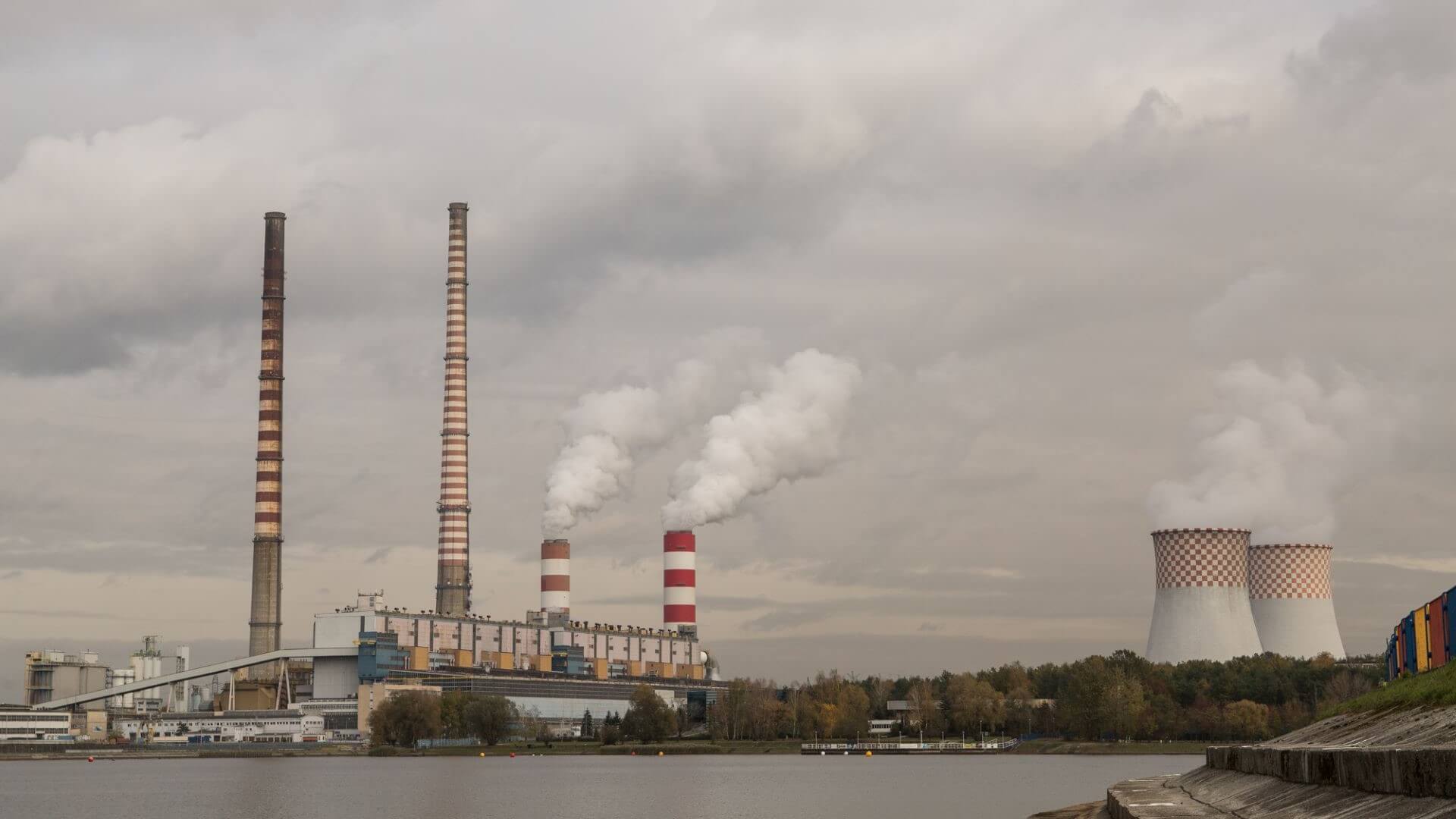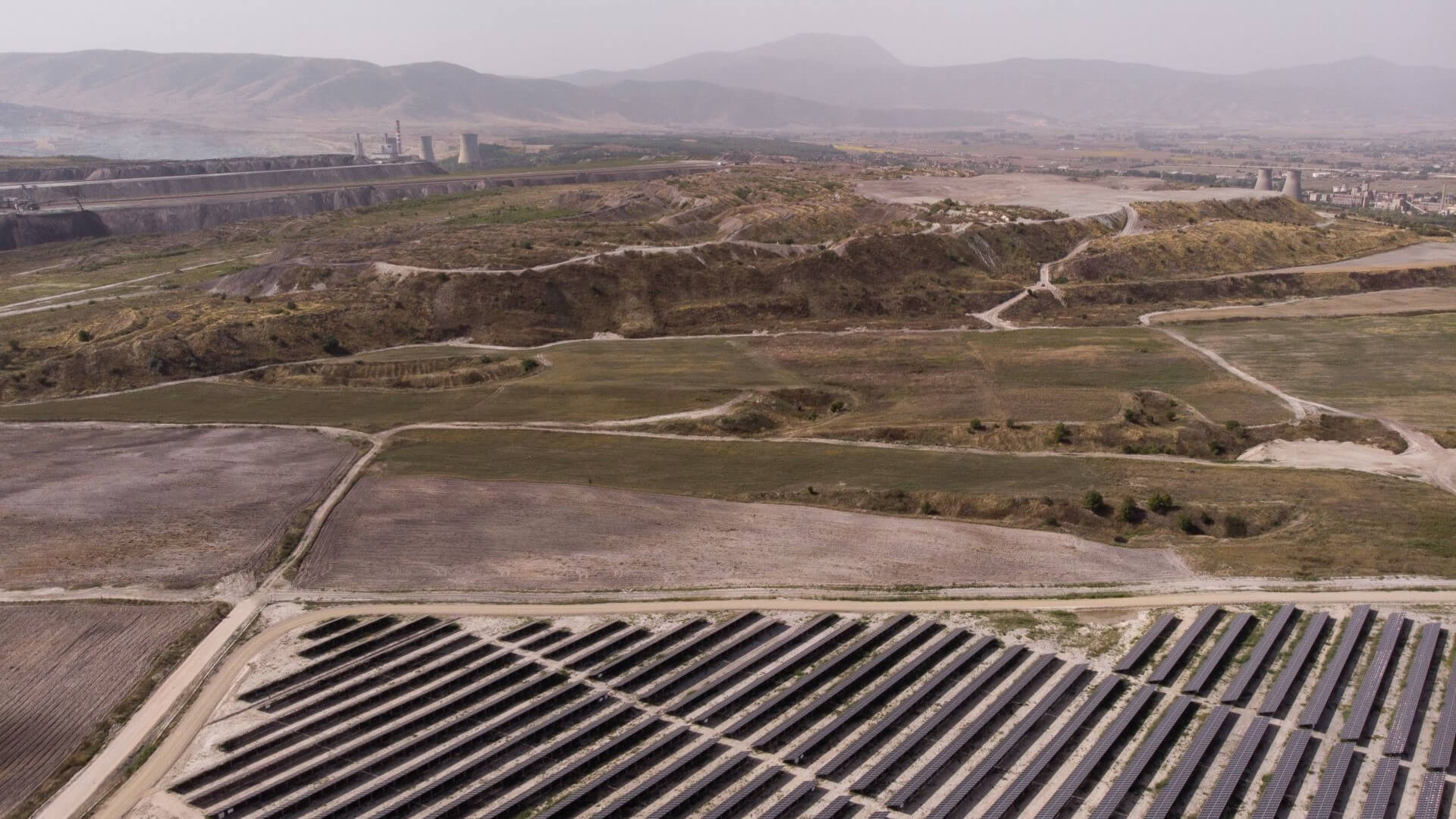UPDATED 1 Sept: The EI library in London is temporarily closed to the public, as a precautionary measure in light of the ongoing COVID-19 situation. The Knowledge Service will still be answering email queries via email , or via live chats during working hours (09:15-17:00 GMT). Our e-library is always open for members here: eLibrary , for full-text access to over 200 e-books and millions of articles. Thank you for your patience.
New Energy World™
New Energy World™ embraces the whole energy industry as it connects and converges to address the decarbonisation challenge. It covers progress being made across the industry, from the dynamics under way to reduce emissions in oil and gas, through improvements to the efficiency of energy conversion and use, to cutting-edge initiatives in renewable and low-carbon technologies.
Europe's climate plans need a dose of ambition
27/9/2023
8 min read
Feature
There are both bleak and optimistic aspects to European countries’ efforts to meet climate targets. However, it could be that the growth of renewables (and decline of coal) is being led more by economics than environmental benefits, writes Alexandru Mustață from the Beyond Fossil Fuels campaign group.
Heatwaves, wildfires and floods, all fuelled by worsening climate change, have battered Europe from every side this summer. This extreme weather is a taste of what awaits us unless we hasten the transition away from destructive fossil fuels.
To deal with this clear and present danger, European governments have a duty to ensure their plans, officially known as national energy and climate plans (NECPs), are up to the job and clearly articulate how each country will cut carbon emissions, boost renewable energy and reduce energy use to meet the 1.5°C limit under the Paris climate agreement.
It’s been almost a decade since governments around the world promised to take the necessary action to limit global temperature rise to 1.5°C, a commitment that helped boost the European Union’s (EU) 2030 climate emissions reduction target from a minimum 40% to at least 55%.
Now, European governments are updating their national targets and strategies to meet the EU’s energy and climate targets for 2030. Only 15 have met the June submission deadline for their proposed NECPs revisions, and these documents give us some insight into how European governments’ thinking has evolved. The outlook is paradoxically looking both bleak and optimistic.
The good news is that, already halfway through 2023, many countries are close to meeting their original 2030 renewable energy targets. While this milestone is to be welcomed, it is also an indicator that the renewable energy targets laid out by governments in the first set of NECPs may have simply lacked ambition, making them too easy to meet.
With the cost-of-living crisis and Russia’s war on Ukraine still seriously impacting the cost and security of Europe’s energy markets, the revised plans reveal that governments are still taking too conservative an approach on renewables targets, despite renewables proving time and time again to ease cost of living, reduce inflationary pressures and boost energy security.
Also, physics doesn’t care for political prudence, and fires and floods don’t wait for planning convenience. Ambitious action by governments to speed up renewable energy use and reduce reliance on fossil fuels will cut bills, emissions, and ultimately limit the cost of destructive extreme weather events.
Approaching the end of coal
Fortunately, we do continue to make progress in spite of slow politics. We are now only seven years away from 2030, the year when OECD and European countries need to phase out coal in order to keep climate targets within reach. Some 23 European countries have pledged coal phase-outs and, of these, 17 have either already gone coal-free or have committed to do so by 2030.
In Spain’s NECP presented in June, the country signalled its intention to accelerate its coal exit timeline from 2030 to 2025, and to produce over 80% of its power from renewable sources by 2030 – underlining just how much renewable energy is outperforming fossil fuels on economics, energy security and climate protection.
Greece, which faced a nightmare of extreme weather this summer, is prudently expediting its move away from coal. Although yet to submit a revised NECP, Greece has already set a target to produce 70% of its power from renewable sources by 2030. With new policies aimed at speeding up permitting processes for renewable energy projects and support for energy communities, Greece can become a powerful example of a rapid but inclusive transition done right.
Yet laggards remain, clinging to coal and, as a result, forgoing millions of euros in EU funding. In Poland, some mining regions, such as Bogatynia, were unable to qualify for the EU’s Just Transition Fund because of the government’s support for the harmful Turow mine.

The coal-fired power station in Poland dates back to the 1970s
Photo: Cezary Kowalski, Workshop for All Beings
Bulgaria went even further in January this year, when its Parliament obliged the government to abandon the commitment to lower carbon emissions from energy production by 40% by 2025. This threatened access to billions of euros in EU funding from its National Resilience and Recovery Plan, contingent on the country’s climate promises.
On top of that, Bulgaria lost almost €100mn at the end of 2022 because it submitted its Territorial Just Transition Plans too late. Both Bulgaria and Poland have yet to publish their draft updated NECPs.
Policymakers, such as those in Bulgaria and Poland, who keep their heads in the sand instead of preparing for a coal phase-out, not only face financial and security risks but will inevitably find themselves outpaced by solar power.
Solar takes off
Coal may be pushed out of the system faster than currently planned, even in those countries that lag behind on official coal phase-out targets. The speed and scale of new solar power installations has exceeded all expectations. Quick to install and with prices dropping by 90% in the last decade, governments, developers and communities responded to the energy crisis by accelerating solar deployments at an unprecedented rate.
The EU added a staggering 41.4 GW of new solar power capacity in 2022, an almost 50% increase on its 2021 rate of new installations, and enough to power over 12mn homes. Now, no less than 23 EU countries expect to reach their 2030 solar installation targets three years ahead of schedule.

Solar panels now cover large tracts of former mining land in Kozani, northern Greece
Photo: Greg McNevin, Beyond Fossil Fuels
Still more could be done. By our estimate, 40 GW of solar panels are sitting in storage across Europe, underlining the need for governments to accelerate installation rates.
Governments also need to revise renewables targets upwards to avoid repeating the same mistake of undershooting the market and being unprepared for the fast pace of renewables deployment.
Out of the 15 NECPs submitted so far, eight countries are on track to meet their new 2030 renewable electricity targets at least three years early – the Netherlands (2024); Cyprus and Sweden (2025); Croatia, Finland and Spain (2026); and Denmark and Luxembourg (2017).
Overall, we can see that ambition on solar has increased, boosting the EU’s projected installed solar power capacity in 2030 from 335 GW to 425 GW, based only on the 15 NECPs submitted so far. However, this is still less than half of the 900 GW of capacity forecast by SolarPower Europe.
Notoriously coal reliant Poland saw one of the largest increases in installed solar capacity in the first half of 2023. It’s a sign that for many countries, coal may go offline sooner than prescribed by their planned exit dates. Once again, governments are playing catch-up to the market instead of aligning and planning for a speedy energy transition.
The overly conservative targets send mixed messages to other essential parts of the renewable energy sector, such as industrial and residential consumers, utilities, financial institutions, grid operators and the supply chain – holding back the acceleration of the energy transition.
Notoriously coal reliant Poland saw one of the largest increases in installed solar capacity in the first half of 2023 – it’s a sign that for many countries, coal may go offline sooner than prescribed by their planned exit dates.
While this increase in renewables ambition looks good at first glance, the current backlog of projects is costing households and businesses across Europe billions of euros and wasting precious time to cut carbon emissions. Across the European renewables sector, projects face similar challenges – struggling with long permitting timelines, lack of access to finance and grid bottlenecks.
To take steps toward a fully renewables-based power sector, European governments need to tackle the issues slowing down renewables projects, such as speeding up permitting processes, securing financing, delivering essential grid upgrades and supporting stable supply chains.
A fossil-free power sector by 2035
Coal is in structural decline and countries are turning to renewable energy – but many investments are still not in line with decarbonisation goals. Fossil gas, which is just as damaging to our climate as coal, has remained nestled into national policies under the guise of being less polluting than coal.
In March, former EU Climate Chief Frans Timmermans announced a push to phase out unabated fossil fuels well ahead of 2050, but the EU has yet to confirm an official phase-out date for fossil gas. Following suit, many NECPs fail to include ambitious fossil gas reduction targets with some even planning the expansion of fossil gas infrastructure.
As fossil fuels remain eligible for EU funds, countries such as Romania and Poland choose to continue investing millions of euros in toxic gas projects.
To protect Europeans from more price shocks, improve energy security and tackle climate change all at once, European governments must stop burning gas as quickly as possible, and no later than 2035. This milestone is confirmed in the International Energy Agency’s (IEA) Net Zero by 2050: A roadmap for the global energy sector study, which identifies that advanced economies, including most European countries, should reach ‘overall net-zero emissions electricity’ by 2035.
To get on track to 2035, our analysis shows that European countries would need to add 481 GW of solar, 102 GW of new wind farms and nearly 29 million heat pumps from 2022 until the end of 2025. This means that every day, Europe needs to solarise 20,000 homes and 30 parking lots; build seven solar farms and 14 wind turbines; and install 19,500 heat pumps across the continent.
Setting more ambitious targets for renewable energy deployment and better energy efficiency measures will continue to reduce Europe’s gas demand to a level that negates the need for more gas import infrastructure such as gas pipelines and LNG terminals, and end all Russian coal and gas imports for good.
The clean energy transition is already well under way. As Executive Director of the IEA Fatih Birol said recently: ‘We are witnessing the beginning of the end of the fossil fuel era and we have to prepare ourselves for the next era.’ To get to 2035, governments need to start planning now. The NECPs are a prime opportunity to commit concretely to fossil fuel phase-outs, overhaul renewable energy targets, and remove any barriers standing in the way.
